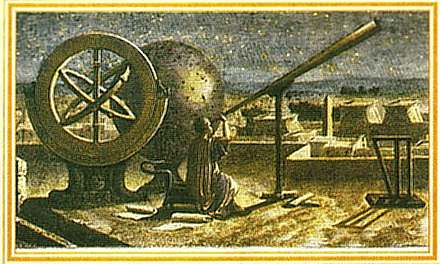
"It is a short and simple step to place one lens in front of another to make a basic telescope, and the chances are it could have happened and many times. Galileo himself noted that 'the 'ancients' were aware of telescopes. The question is just how good these telescopes were and how much knowledge the astronomer/priests of these early civilizations were able to obtain from them. Yet Brecher and Sagan give no consideration to this at all! Their narrow vision cannot alter the facts, but their writings do cast light on the root of their problem...." -- Hunter H. Adams III, archaeoastronomer, African Observers of the Universe: The Sirius Question, 1983
Contrary to Darwinist faith-based belief, there was widespread use of magnifying lenses over several millenia.
Sines, G., and Sakellarakis, Y.A., Lenses in Antiquity, American Journal of Archaeology, Volume 91, Number 2, Pages 191-196, Apr 1987
A recent find in the Idaean Cave in Crete of two rock crystal lenses of unusually good optical quality led to this investigation of other lenses from antiquity. The evidence indicates that the use of lenses was widespread throughout the Middle East and the Mediterranean basin over several millennia. The quality of some of these lenses was sufficient to permit their use as magnifying glasses. The use of lenses as burning glasses in Classical Greece is noted, as is the need for magnifying lenses to authenticate seal impressions. The probability that magnifying lenses were used by gem carvers and seal engravers is discussed. The fine detail of Roman gold-glass portrait medallions and the discovery of a lens in the house of an engraver in Pompeii and another in the house of an artist in Tanis are presented as evidence for the use of the lenses for magnifying purposes. Methods of producing optical quality lenses by simple procedures are also presented.














No comments:
Post a Comment